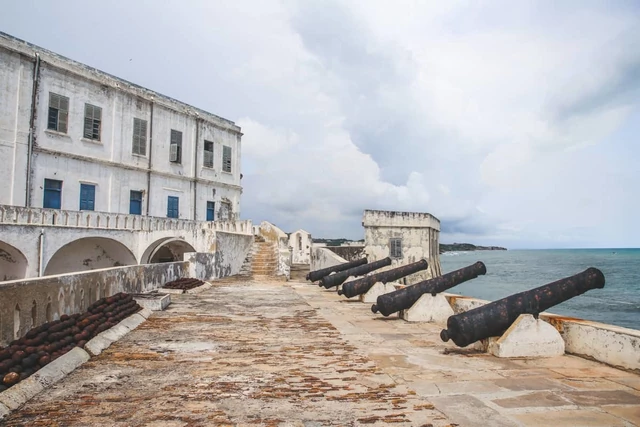Slavery has been one of the most painful and brutal struggles Africans have ever endured, dating back millennia.
Elmina and Cape Coast Castle are two well-known attractions in Ghana.
Elmina Castle is a fortification on Ghana’s coast that was erected in 1482 as a Portuguese trading residence with approximately 91,000 square feet and was once one of the central slave depots. Elmina became a station on the slave trade and a prison for captives as the Europeans began to invade Africa.
The captives were imprisoned in Elmina’s dungeons, which lacked toilets and facilities, and were given only buckets to help them. Before being sold, these enslaved people would spend months in these dungeons.
As a result, these buyers would name their slaves as their new property in the most painful methods possible; some would employ alphabets or numerals in the form of a metallic stamp, while others would use a combination of the two. These stamps would be lit on fire and burned into the flesh.
After that, the slaves would be brought in groups to the ship through the “Door of No Return.” About 10-15% of them died at sea and never made it to their intended destination.

Before their last departure, the castle was the last spot the slaves saw of their homeland before their final departure, and it was also the last site they ever saw for those who never made it to their new destination.
The Portuguese also built a fortification on the Cape shore in 1555, and it later went on to be re-constructed by the Swedish. By 1700, the castle had become the headquarters of the British colonial governor.
The slaves were subjected to horrific living circumstances, some becoming extremely ill, while their captors raped the vulnerable ladies regularly.
Along with a chapel, the castle included several lavishly spacious and airy chambers with lovely floors and views of the Atlantic. After being repurposed into an army training center, the cape coast castle was returned to its previous use as a site for commodity exchange.
The castle was restored in the early 1990s and is now a famous museum and historical attraction.



